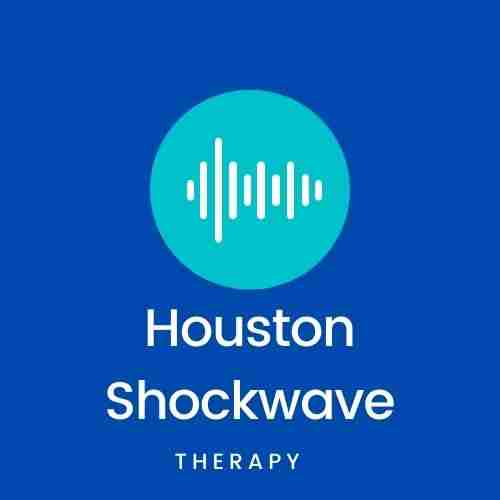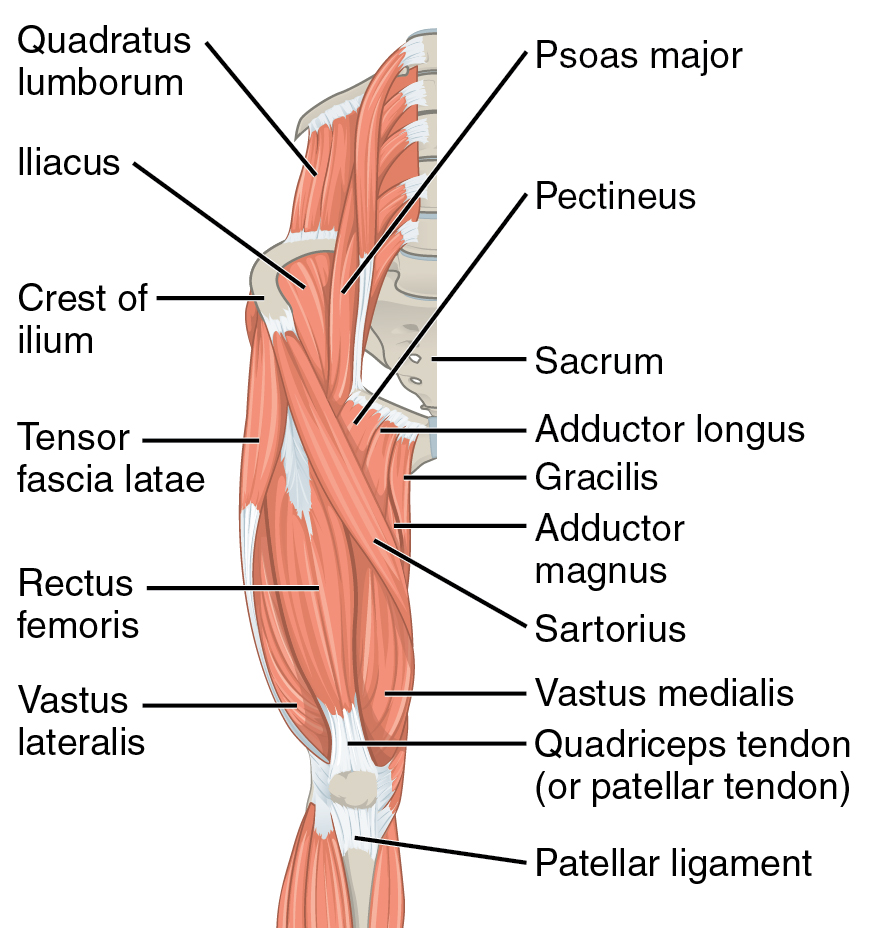Houston Shockwave Therapy
Healing for chronic and acute injuries
Rectus Femoris
Pain Relief
Inflammation Reversal
Collagen Synthesis
Shockwave Therapy for Rectus Femoris
Welcome to Houston Shockwave, where we offer cutting-edge shockwave therapy for the treatment of rectus femoris injuries. The rectus femoris muscle is a part of the quadriceps muscle group that runs along the front of the thigh and is responsible for straightening the leg. When this muscle is injured, it can cause significant pain and discomfort, limiting your ability to perform daily activities.
At Houston Shockwave, we use advanced shockwave therapy to treat rectus femoris injuries. Shockwave therapy is a non-invasive and safe procedure that uses high-frequency sound waves to stimulate healing and reduce pain in the affected area.
Rectus femoris injuries can occur due to overuse, trauma, or sudden impact. Common causes of rectus femoris injuries include sports-related activities such as running, jumping, and kicking, as well as falls, car accidents, and other traumatic events.
The symptoms of a rectus femoris injury can vary depending on the severity of the injury. Mild injuries may cause minimal discomfort and swelling, while more severe injuries can cause significant pain, swelling, and difficulty moving the leg.
At Houston Shockwave, we offer non-invasive and safe shockwave therapy for rectus femoris injuries. During a shockwave therapy session, a handheld device is used to deliver high-frequency sound waves to the affected area. These sound waves stimulate the body’s natural healing process, reducing pain and inflammation and promoting the regeneration of damaged tissue.
The benefits of shockwave therapy for rectus femoris injuries include:
Non-invasive: Shockwave therapy is a non-invasive procedure that does not require surgery or injections.
Safe: Shockwave therapy is a safe treatment that has been used successfully for decades to treat a wide range of conditions.
Effective: Shockwave therapy has been shown to be effective in treating rectus femoris injuries, with many patients experiencing significant pain relief and improved mobility after just a few sessions.
Quick and convenient: Shockwave therapy sessions typically last between 15 and 30 minutes, and patients can return to their normal activities immediately afterward.
Cost-effective: Shockwave therapy is a cost-effective alternative to more invasive treatments such as surgery or injections.
At Houston Shockwave, we have a team of experienced professionals who can help you determine if shockwave therapy is the best option for your specific needs. We will work with you to develop a personalized treatment plan that is tailored to your individual needs and goals.
Our team will also provide you with information and guidance on how to manage your symptoms and prevent further injury in the future. We believe that education is an important part of the healing process, and we are committed to helping our patients achieve optimal health and wellness.
If you are suffering from a rectus femoris injury, shockwave therapy may be the right treatment for you. Contact Houston Shockwave today to schedule a consultation and learn more about how shockwave therapy can help you get back to a pain-free and active lifestyle. Don’t let a rectus femoris injury hold you back any longer.

